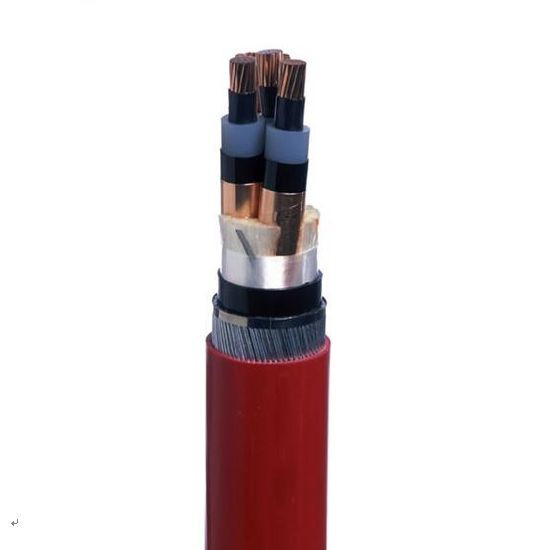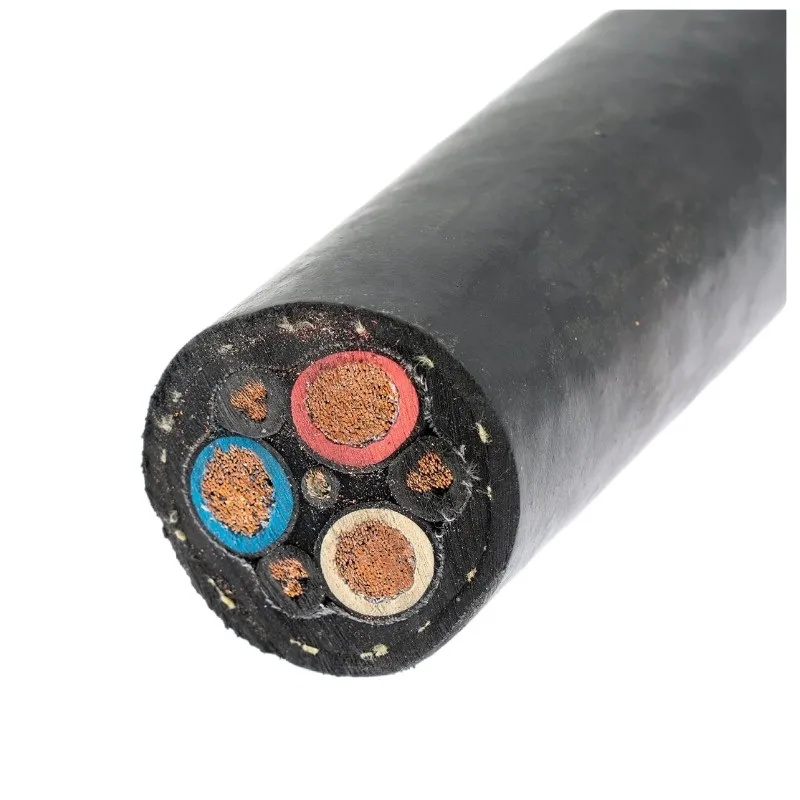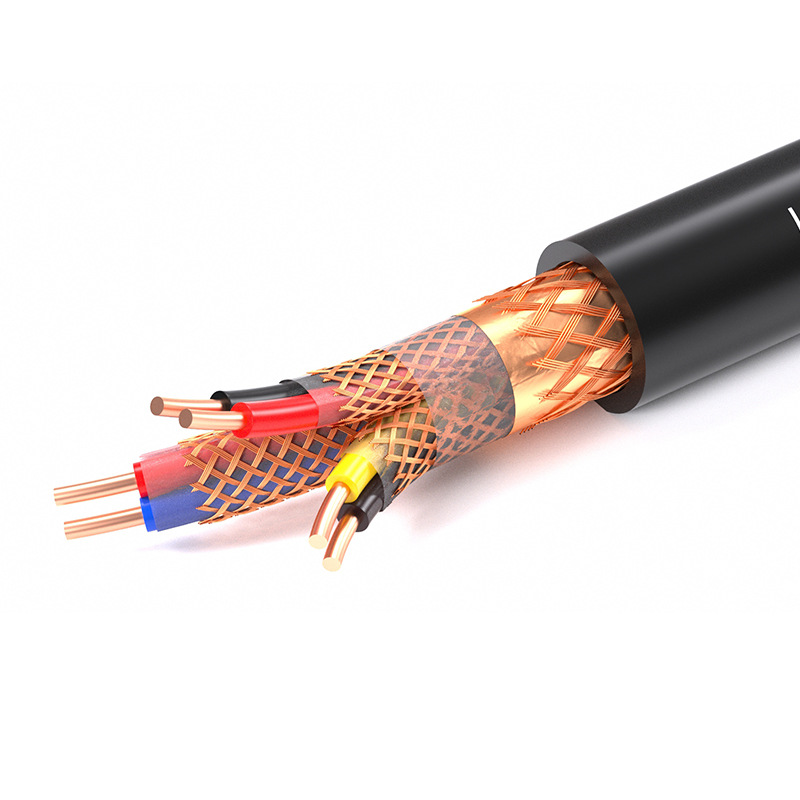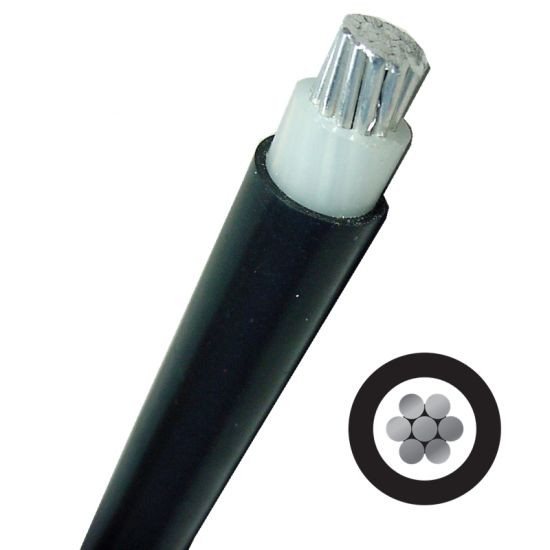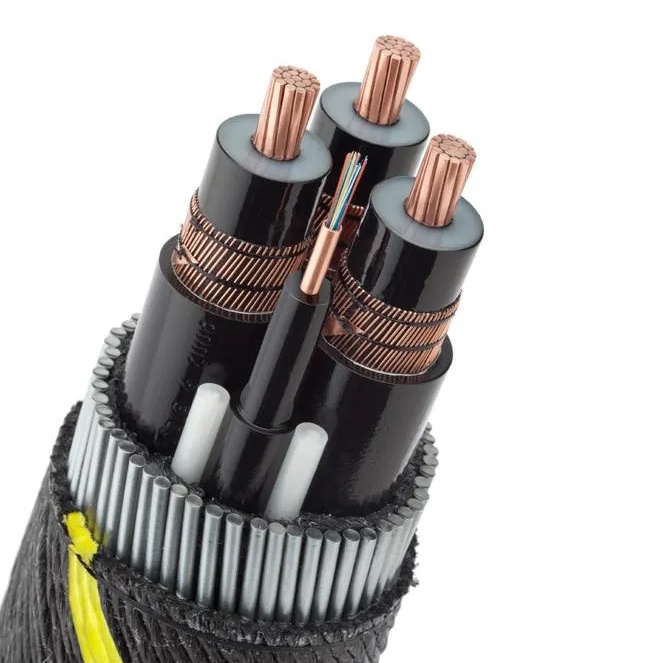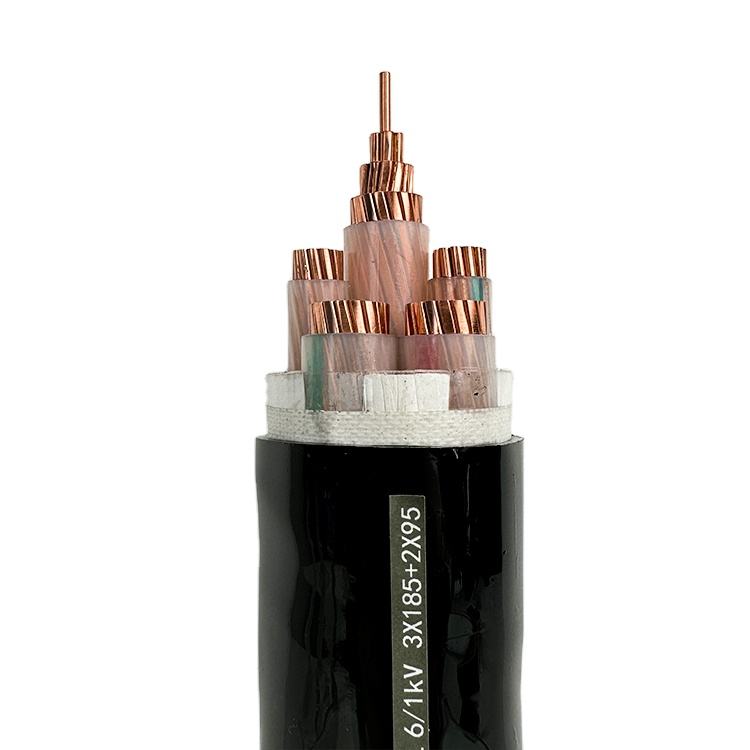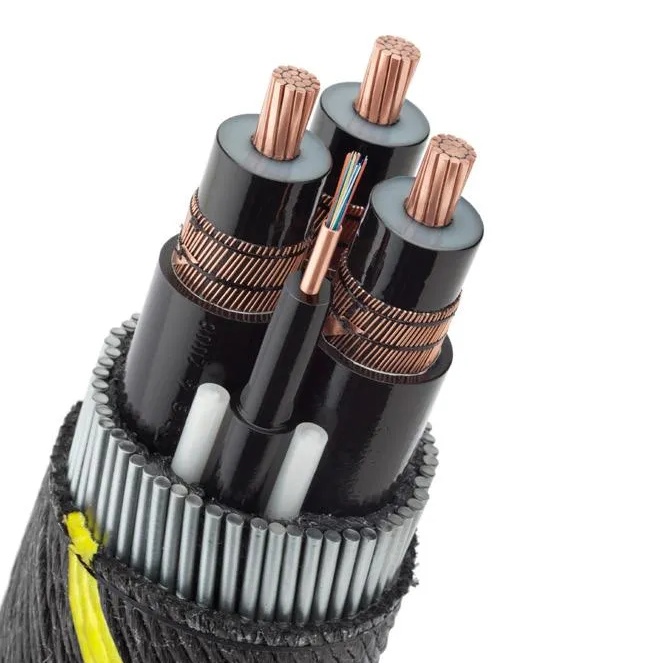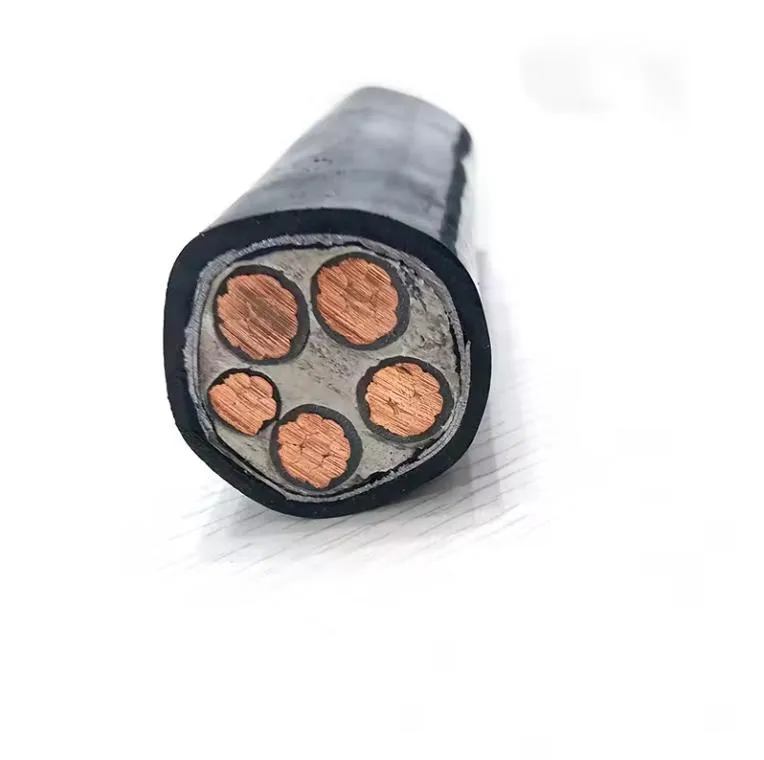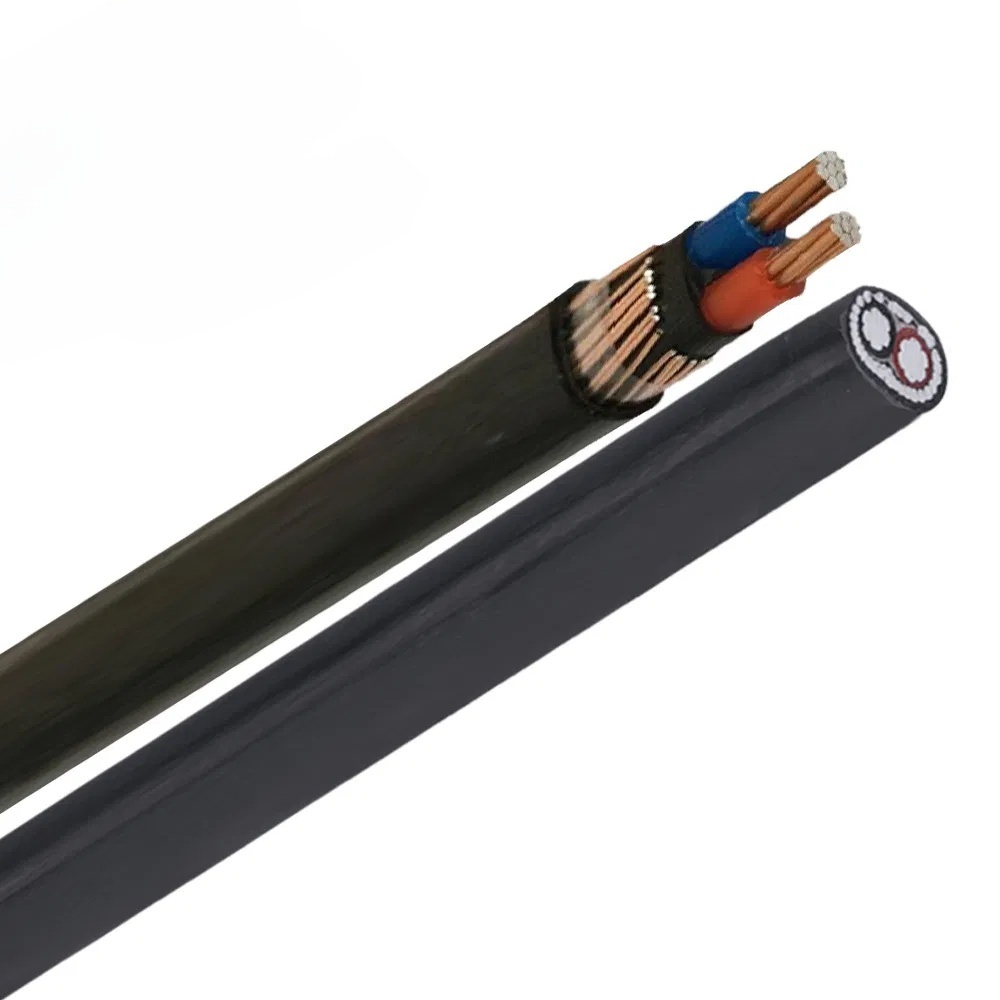-
![The difference bet···]() 2025-08-31 The difference between fiber···
2025-08-31 The difference between fiber···Another important aspect of network hardware is the network transmission medium, commonly referred to as network cables. Currently, the most common types of network cables include thin twisted-pair cables, fiber optic cables, coaxial cables, and thick coaxial cables. An introduction to these three t
read more > -
![Performance requir···]() 2025-08-31 Performance requirements for···
2025-08-31 Performance requirements for···To share with colleagues in the industry the performance requirements for photovoltaic cables, this article lists 16 comprehensive electrical, temperature resistance, and mechanical performance requirements.1. DC resistance: The DC resistance of the conductive core of the finished cable at 20°C sha
read more > -
![What is a BV cable···]() 2025-08-31 What is a BV cable? How do I···
2025-08-31 What is a BV cable? How do I···BV cable is a copper-core polyvinyl chloride insulated wire and cable, also known as plastic copper wire. It is the most commonly used type of wire and cable and is the type of wire we encounter most frequently in our daily lives. Let's take a closer look at BV cable.Conductor material for BV ca
read more > -
![What does BVR wire···]() 2025-08-31 What does BVR wire mean? Wha···
2025-08-31 What does BVR wire mean? Wha···Let's learn what BVR wire means and what BVR wire and cable specifications are.What does BVR wire mean? BVR stands for copper-core PVC insulated flexible wire. Below, Kexun Cable explains BVR wire and cable specifications in detail. We hope this helps!BVR wire is a type of flexible wire specific
read more > -
![Do you know these ···]() 2025-08-31 Do you know these things abo···
2025-08-31 Do you know these things abo···This section provides a detailed introduction to the models, types, and uses of BV cables for your reference.BV cable is short for plastic copper cable and stands for general-purpose single-core, rigid-conductor, unsheathed power cable.BV is the abbreviation for BTV: B stands for type: cloth cable,
read more > -
![Discussion on 8 Co···]() 2025-08-31 Discussion on 8 Common Metho···
2025-08-31 Discussion on 8 Common Metho···Common Methods for Identifying Counterfeit and Substandard Wires1. Check the Label.A cable certificate issued by a legitimate manufacturer should include: the 3C certification mark, certification number, model numberspecifications, implementation standard, rated voltage, cable length, production dat
read more > -
![How to tell if wir···]() 2025-08-31 How to tell if wires and cab···
2025-08-31 How to tell if wires and cab···In recent years, reports of counterfeit and substandard low-voltage cables have been rampant. Many unscrupulous manufacturers in the cable industry sacrifice product quality in pursuit of profit, resulting in a market filled with inferior products and making it difficult for consumers to choose. Qua
read more > -
![What are the stand···]() 2025-08-31 What are the standards for a···
2025-08-31 What are the standards for a···1. What are the manufacturing standards for aluminum alloy cables?In North America and other regions, aluminum alloy cables are primarily produced and inspected in accordance with ASTM B800-05 (2011), ASTM B801-07 (2012), C22.2 No. 51-09, and UL1569. Currently, the aluminum alloy cable standard impl
read more > -
![Analysis of the ca···]() 2025-08-31 Analysis of the causes of bl···
2025-08-31 Analysis of the causes of bl···Causes of Blackening of Copper Wire1. The emulsified oil pool for wire drawing is small, and the return line is short and sealed, resulting in slow heat dissipation and high emulsion oil temperature.2. Caused by annealing of the copper wire.① The cooling water for continuous drawing and annealing i
read more > -
![Electric vehicle h···]() 2025-08-31 Electric vehicle high-voltag···
2025-08-31 Electric vehicle high-voltag···I've noticed many industry colleagues are confused about the difference between high-voltage and charging cables for electric vehicles. This article will discuss the differences between the two from the perspective of electric vehicle high-voltage cable standards. In the charging station industr
read more >

